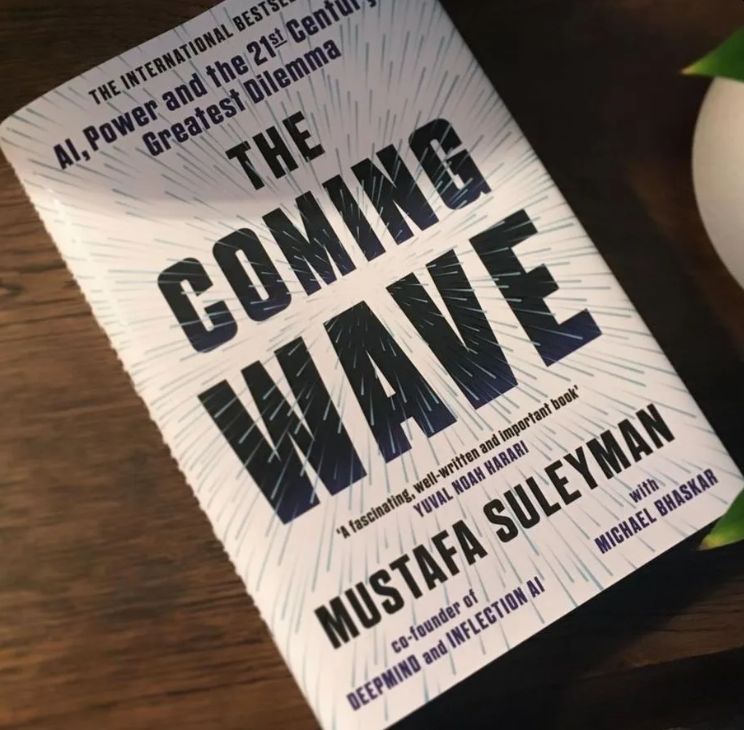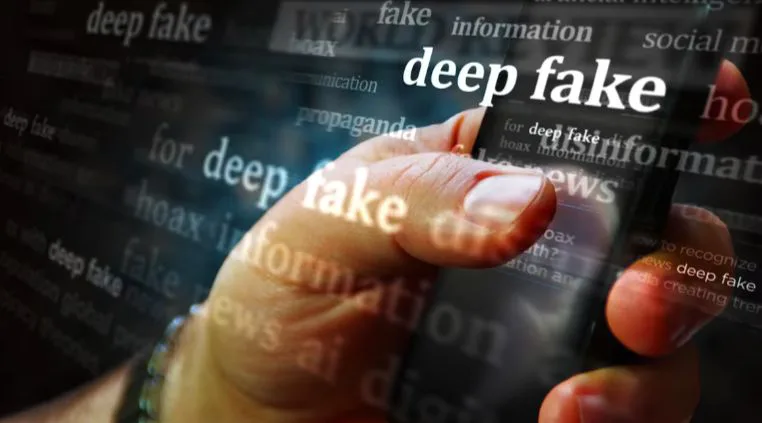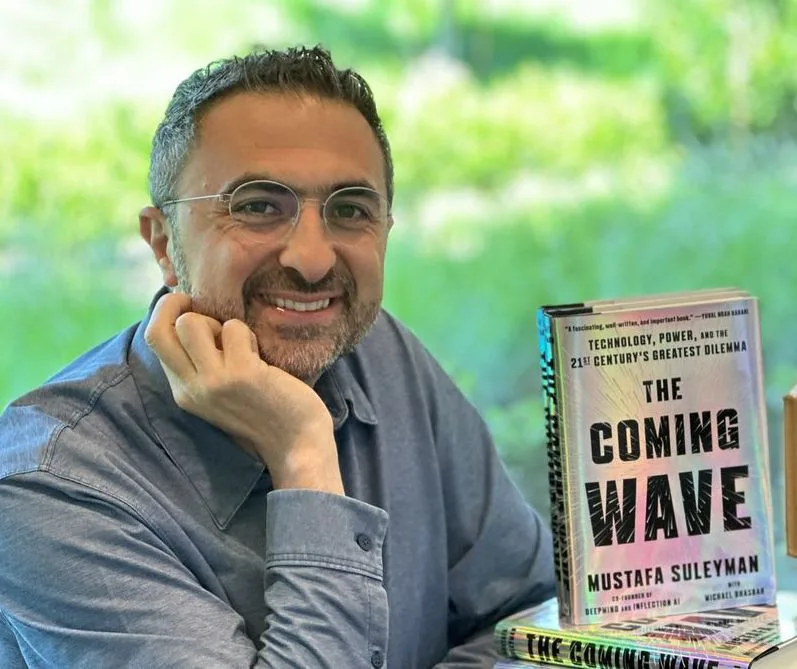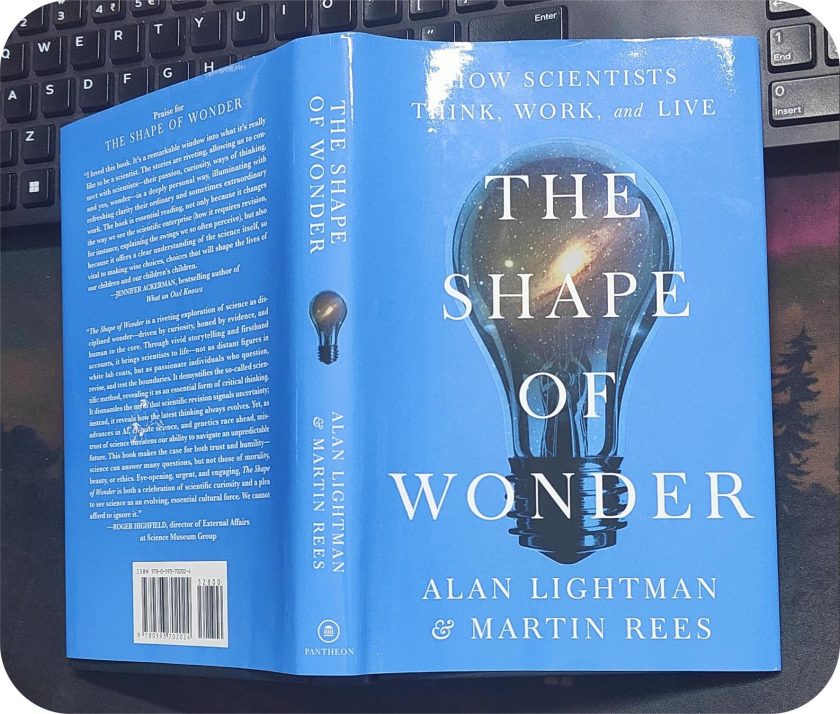
The Coming Wave: Technology, Power, and the 21st Century’s Greatest Dilemma is written by Mustafa Suleyman along with the researcher Michael Bhaskar in 2023. Before reviewing the book, I’d like to mention Suleyman views that I came across in one of his interviews with The Guardian. The following lines cover almost everything that is mentioned in the book – The Coming Wave.
AI can refine design and manufacturing processes, with improvements compounding after each iteration. The pace of change is staggering, making it nearly impossible to implement safeguards. Lethal threats could emerge and spread before anyone even notices.
AI and Biotech could be a threat to Global Stability
In this book, Suleyman views the current state of humanity, and puts forward the notion that we are on the edge of a significant technological revolution. This transformation is driven by advancements in fields like Artificial Intelligence (AI) and biotechnology.
“The coming wave of technology is built primarily on two general-purpose technologies capable of operating at the grandest and most granular levels alike: artificial intelligence and synthetic biology.”
Biotech, already undergoing a terrifying transformation with breakthroughs like CRISPR, the gene-editing technology. While these emerging technologies offer the potential for tremendous benefits and prosperity, they also present some serious existential risks.
“Companies such as DNA Script are commercializing DNA printers that train and adapt enzymes to build de novo, or completely new, molecules. This capability has given rise to the new field of synthetic biology—the ability to read, edit, and now write the code of life.”
Global political structures, no matter how strong they may be, might still not withstand the profound changes that these ultra-modern technologies will bring. In fact, as per Suleyman, the very foundations that organize and govern human society today could be disrupted by the rapid pace and impact of technological innovation.
The Double-Edged Sword of Future Tech
The author postulates that the development of tools like ChatGPT and other large language models (LLMs) is just the tip of an iceberg of a huge and far-reaching wave of advancements in artificial intelligence (AI) and synthetic biology. There are absolutely no doubts that these technologies will help to create immense wealth and resources (for humanity), yet there is a dark side of these advancements too.
Since, this tech can empower people, it can also give similar power to malicious individuals or groups. Consequently, this could result in significant disruption, instability, and potentially catastrophic events on an unprecedented scale. Unfortunately, the impact seems inevitable, because of the following two reasons:
- Firstly, our future is becoming more reliant on these technologies, which carry substantial risks.
- Secondly, there seems to be no effective means to control or even avert the potential disasters these technologies could trigger.
Calls for Urgent Action Against Privacy Threats and Misinformation
Suleyman openly critiques the notion that many in the tech industry promote AI as a panacea for various global issues. According to the author, AI experts hold the view that AI is a neutral tool that reflects society’s input. However, he sees AI as a potential threat to freedom and autonomy. The author states that the significant risks posed by AI are:
- threats to privacy and
- the spread of misinformation.
Therefore, the need of the hour is to require serious consideration and action.
Suleyman shares his personal sense of disillusionment with the tech industry. During the 2010s, he had voiced concerns about AI’s potential dangers, but his warnings were largely ignored by his peers. Despite presenting a logical and factual case for the dangers of AI, he received a lack of responsiveness.

The Coming Wave: The Book
The book is divided into fourteen chapters, organized into four main parts:
Homo Technologicus
This section explores the relationship between technology and human evolution. He calls humans as “technological animals”. Since, he feels there is a deep interconnection between technology and human development. Technological advancements have led to larger populations, which eventually have spurred further specialization and the development of general-purpose technologies.
The civilization, or the “Homo Technologicus”, progressed from creating technology to unleashing its power. While “the challenge of technology today is about containing its unleashed power”.
The Next Wave
The second segment starts with Suleyman recounting his personal journey in AI development, focusing on his experiences with DeepMind, the company he co-founded.
He discusses the creation of an algorithm known as DQN (Deep Q Network) and its initial struggles with the game Breakout. Despite early difficulties, the algorithm eventually demonstrated impressive learning capabilities after more data and iterations.
In an interesting take, Suleyman compares AI to chemistry, explaining that AI is not just a collection of separate elements but a dynamic system where parts interact and combine in complex ways. For instance, ChatGPT (a language model) utilize an “attention map” to manage interactions. This technique allows the AI to focus on different parts of data more effectively.
Reflecting on his role in developing LaMDA at Google, he notes that LaMDA’s behavior was perceived as sentient. Although it was designed to engage in human-like conversations, this perspective was controversial because it suggested that the AI might possess traits it does not actually have. This controversy led to the termination of Google engineer, Blake Lemoine.
States of Failure
In part III, Suleyman examines how AI might threaten nation-states. There is already decreasing trust in governments and a rise in authoritarianism globally, creating a sense of tension and uncertainty.
At this juncture, AI (as a tool) could easily exacerbate these issues by increasing the spread of misinformation. This eventually could give rise to unexpected forms of violence.
Tech companies often see state regulation as a hindrance to their innovation and profit goals. However, Suleyman stresses that despite this, the state’s role is crucial.
AI has the potential to lead to disastrous consequences. There is no doubt that a global regulatory authority is needed to oversee its progress and operations.
Through the Wave
In this part of the book, Suleyman stresses to lay utmost importance to confront the dilemma posed by AI. To focus on ensuring AI and biosafety, the need of the hour is to:
- Establish major initiatives: Areas that involve potential dangers, vulnerabilities, and ethical concerns associated with the development and use of AI.
- Implement thorough safety: The use of strategic measures before AI technologies are released to the public.
- Holding makers responsible: Encourage AI experts who are also critics to help guide AI developers in using safer practices.
- Balance financial gain with ethical considerations: Integrating ethical guidelines into business practices to ensure that technological advancements in AI are achieved responsibly and transparently.
- Governmental Reform: Governments need to learn about AI and create rules to regulate it.
- International Alliances: Suleyman strongly advocates for international collaboration among countries to effectively oversee and regulate AI development. This will help in preventing the rise of harmful technologies or groups and promotes global safety and security.
- People Power: The author encourages people to actively advocate for ethical standards in AI. The collaborative effort will create pressure on companies and policymakers to prioritize these values. As strong public demand can lead to greater scrutiny of AI practices.
Suleyman’s recommendations aim to create a balanced approach between innovation and safety. International cooperation and government’s role will surely give way to ethical considerations in AI development.

Takeaway
The two technologies – Artificial Intelligence (AI) and biotech – are on the verge of surpassing human intelligence.
Artificial Intelligence (AI) is a fascinating topic, and this book flows smoothly, explaining the intricacies and nuances of the subject. What I liked most was that it required no prior knowledge in the subject to grasp.
As AI and synthetic biology advance, they bring significant challenges for humanity. Are we equipped to handle them? A remarkable and insightful book. I can’t recommend it enough!



